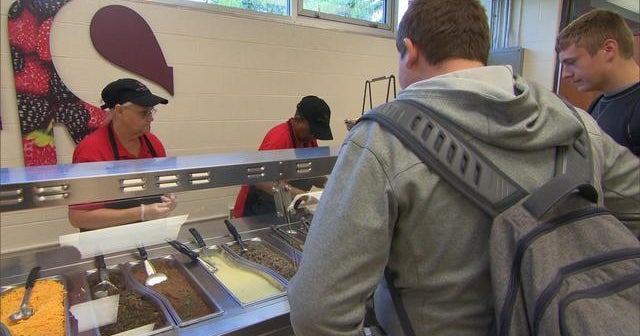Revolutionizing Nutrition: The Future of School Lunch Programs
As schools across the nation strive to foster healthier eating habits, innovative lunch programs are emerging, fundamentally transforming meal options and addressing food insecurity within educational settings. These initiatives are not merely about food; they represent a critical shift in how we perceive and implement nutrition in schools, reflecting broader societal changes in health awareness and food justice.
The Landscape of School Lunch Programs
Traditionally, school lunch programs have faced criticism for offering meals that are often high in processed foods and low in nutritional value. According to the United States Department of Agriculture (USDA), nearly 30 million children participate in the National School Lunch Program, yet many of these meals do not meet the dietary guidelines recommended by health organizations.
In response to this challenge, numerous school districts have begun to implement innovative practices aimed at enhancing the nutritional quality of school lunches. From farm-to-school initiatives that connect local farms with school cafeterias to the introduction of plant-based meal options, the landscape of school nutrition is rapidly evolving.
Innovative Approaches to Nutrition
- Farm-to-School Programs: Many districts are partnering with local farmers to source fresh produce and dairy products. This not only supports local agriculture but also helps students learn about where their food comes from.
- Plant-Based Options: Schools are increasingly offering plant-based meals that are both healthy and appealing. Research indicates that introducing vegetarian options can lead to better overall health outcomes for students.
- Nutrition Education: Some programs are incorporating nutrition education into the curriculum, teaching students the importance of making healthy food choices. This empowers children to take charge of their own health.
- Technology Integration: Utilizing apps and digital platforms, schools are providing real-time nutritional information and engaging students in meal planning, making them active participants in their dietary choices.
Combating Food Insecurity
Food insecurity is a pressing issue that affects millions of families across the United States. According to a report by the Food Research & Action Center (FRAC), nearly 13 million children lived in food-insecure households in 2021. School lunch programs play a crucial role in mitigating this crisis by ensuring that all students have access to nutritious meals.
Innovative programs are not only focusing on improving the quality of food but also on expanding access for low-income families. For instance, the establishment of community eligibility provisions allows schools in high-poverty areas to offer free meals to all students, effectively reducing the stigma often associated with free lunch programs.
The Impact of Policy Changes
Recent policy changes at the federal and state levels have also contributed to this transformation. The Healthy, Hunger-Free Kids Act, enacted in 2010, set new nutrition standards for school meals and has led to significant improvements in the quality of food served in schools. However, challenges remain as schools grapple with funding limitations and the need to balance cost with quality.
Advocates for school nutrition emphasize the importance of continued support for these initiatives. As schools navigate the complexities of food procurement, it is crucial that policymakers prioritize funding for programs that promote health and wellness in educational settings.
Looking Ahead: The Future of School Lunch Programs
The future of school lunch programs hinges on continued innovation and collaboration among stakeholders, including educators, parents, nutritionists, and policymakers. As we look to the future, several trends are likely to shape the evolution of school nutrition:
- Increased Focus on Sustainability: With growing concerns about climate change, schools may place a greater emphasis on sustainable food sourcing and reducing food waste.
- Diverse Meal Options: As populations become more diverse, schools are likely to incorporate a wider variety of cultural cuisines in their menus, catering to the needs and preferences of all students.
- Enhanced Community Engagement: Schools will increasingly engage parents and community members in discussions about meal planning and nutrition, fostering a more inclusive approach to food policy.
Ultimately, the revolution in school lunch programs reflects a broader societal shift towards prioritizing health, wellness, and equity. By transforming meal options and addressing food insecurity, these initiatives not only nourish students physically but also contribute to their overall well-being and success. As schools continue to innovate, the hope is that every child will have access to nutritious meals that support their growth and development.
See more TED Talks World



